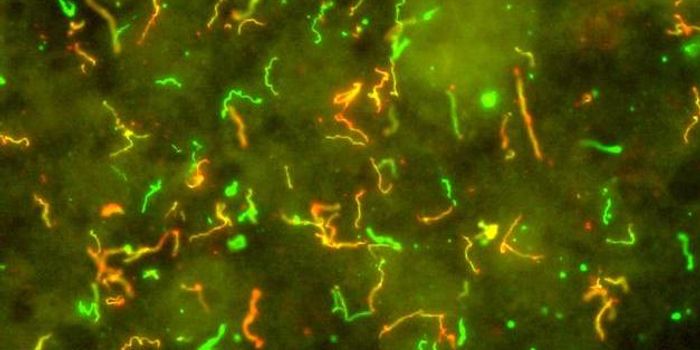You probably first heard of the Tasmanian devil while watching the
Looney Tunes cartoon portrayal as a child. According to
National Geographic, this portrayal was fairly accurate given its feisty disposition. The Tasmanian devil is known to go into a maniacal fit of rage when threatened by a predator or other competition such as fighting for a mate or for food. The nickname “devil” was given to the animal by early European settlers who witnessed the animal’s aggressive rage characterized by showing of teeth, lunging, and growling.
The Tasmanian devil has coarse brown or black fur and a stocky profile somewhat resembling a bear cub. They can also be identified by the white patch of fur on their chest as well as on their sides. They have longer front legs and shorter back legs giving them a unique type of gait. It is the world’s largest marsupial carnivore weighing up to 26 pounds. They are known for their ferocious way of eating in which they consume every part of their prey including hair, organs and bones.
Sadly, this unique and fascinating species is threatened by extinction. A new disease, known as devil facial tumor disease (DFTD), is restricted only to Tasmanian devils and causes a fatal condition characterized by cancers around the head and neck. The disease is very unusual itself being one of four of the only known naturally occurring transmissible cancers. Animals with the tumors find it difficult to eat and death results from starvation.
Researchers in Australia have begun to try and characterize the Tasmanian devil’s immune system in order to help prevent spread of the disease and, ultimately, extinction of the species. With the help of two Tasmanian devil genome sequencing projects released in 2011 and 2012, researchers were able to characterize immune gene families with a focus on immunoglobulins, T cell receptors and cytokine families.
In their study they identified a total of 141 immune genes in the Tasmanian devil genome, 30% of which were previously poorly annotated which mostly included genes that were highly divergent from the marsupial orthologs. They found that some genes typically found in marsupials and eutherians, including
IFNK and
CCL5, were not present in the Tasmanian devil genome indicating the evolution or loss of certain genes that may be important to immune function related to disease. The authors of the study hypothesize that these genes are present in the genome however; are not expressed as opposed to being deleted completely.
This research has led to the development of several other research projects including those developing antibodies, such as the anti-devil IgG or anti-devil CD8, which could potentially serve as vaccine targets for DFTD. Researchers also hope to investigate the genetic variation within the immune genes identified in this study that would characterize specifically how the Tasmanian devil responds to infection by DFTD. They are now in the process of developing targeted assays to monitor genetic diversity in Tasmanian devils in the wild as well as captivity.
Sources:
BMC Genomics;
National Geographic;
Save the Tasmanian Devil Program


















































